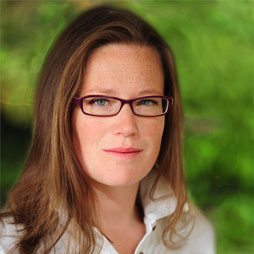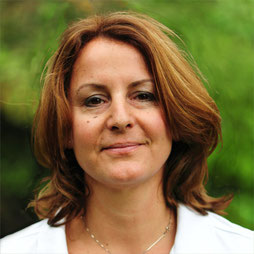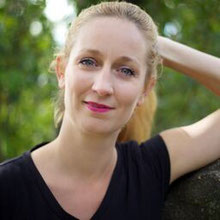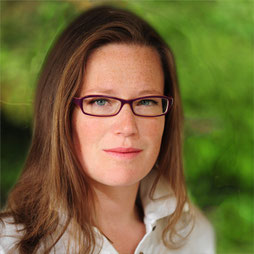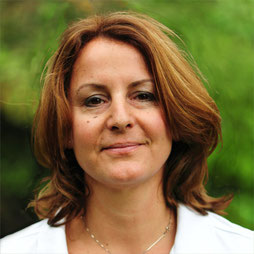Physiotherapy
Physiotherapy includes various sub-areas, manual therapy, active movement therapy, fascia technique, taping, spiral dynamics and manual lymphatic drainage (MLD).
Manual therapy
Includes all passive or assistive techniques used in physiotherapy, Manual therapy may also be useful in the context of active movement to support or release tissue structures.
Manual therapy treatment may also occasionally involve the use of assistive devices such as trigger point rods, cupping, nub rollers, etc.
Active movement therapy
Active movement training can train individual parts of the body more intensively in coordination, strength or endurance or generally affect the entire body. Usually, the combination of several forms of training is useful.
Special training areas:
- Spine and posture training
- Walking and running training
- Leg axis training,
- Arch of foot training
Fascia technique
By applying strong manual pressure to specific points and pathways of the tissues, sometimes through traction and pressure around joints and the spine. Fascia techniques can be done actively or passively with or without assistive devices.
Therapy areas:
- FDM fascia distortion model
- Grip techniques of osteopathy
- Cupping therapy in combination with active movement
- Fascia training with rollers or balls (e.g. Liebscher and Bracht, Blackroll, etc.)
Taping
Tapes are adhesive plaster bandages that are applied to the body region to be treated in various structured forms (Leukotrape, Kinesiotape, Dynamic Tape, Grid Tape, etc.) for prevention or treatment. This can activate circulation, improve the body’s own perception (proprioception), deactivate the pain system, support muscle/joint function and reduce swelling of the tissue.
Therapy areas:
- Classic tape dressings for stabilisation mostly with leukotape.
- Kinesiotape, Dynamic Tape to support functional movement, circulation and activation.
- Grid tapes to activate points
Spiral dynamics
Spiral dynamics is a three-dimensional movement and therapy concept for optimal functional movement and stabilisation of the body. It is used with active and passive elements to improve movement as well as for therapy and rehabilitation.
Manual lymph drainage (MLD)
As part of complex physical decongestive therapy (CPD)
MLD involves circular or spiral grips with shifting and pressure increase. A pumping effect is created in the underlying tissue. This promotes lymphatic drainage. MLD is used as part of oedema treatment (KPE) in combination with the following:
Therapy areas:
- Decongestive gymnastics
- Bandaging/stocking care
- Nutritional advice
- Skin care
